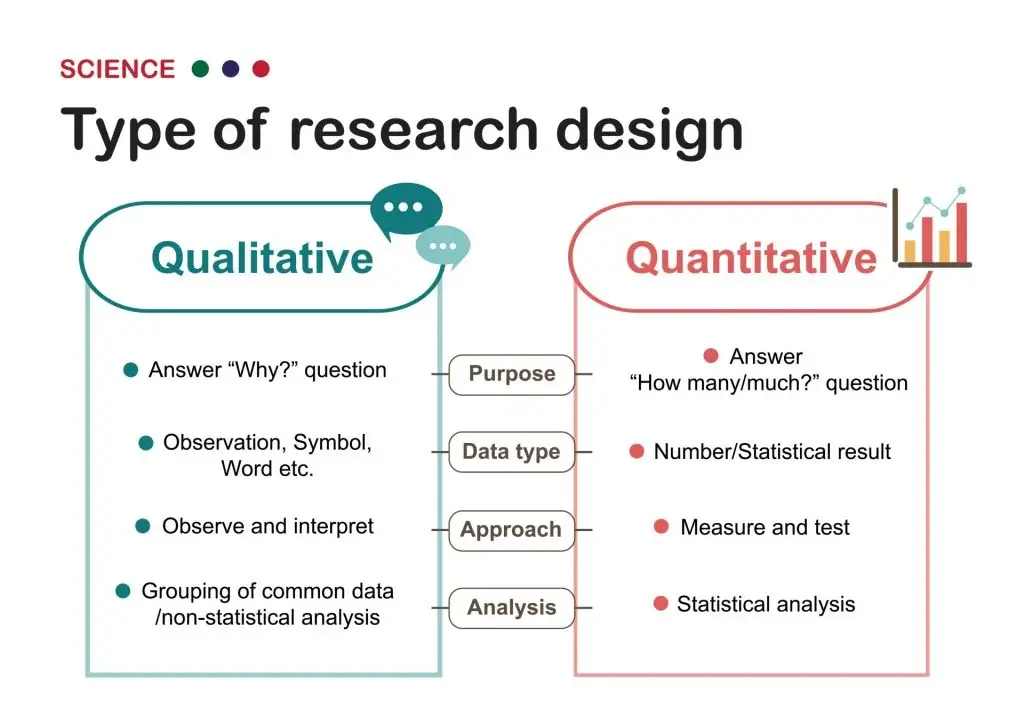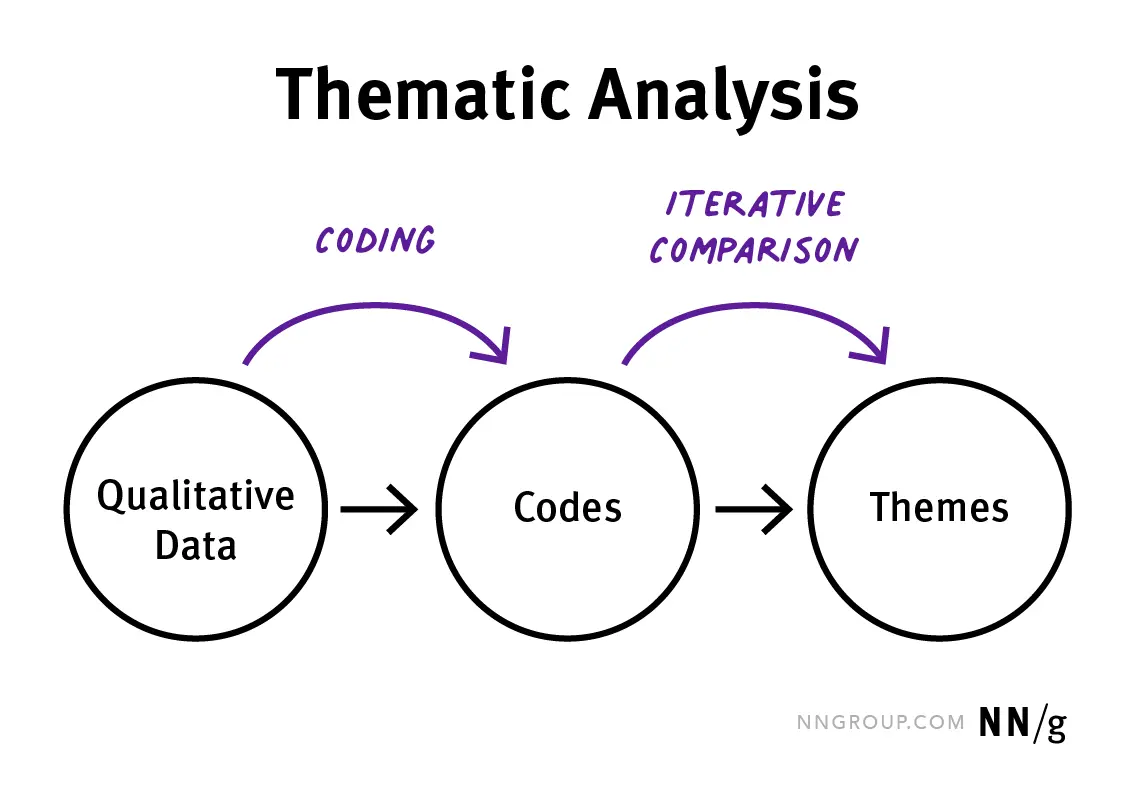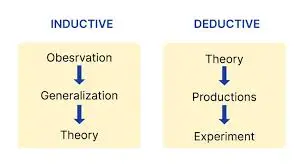+44 75754 30035 help@rapidassignmenthelp.co.uk
offer
🎁Special Offer 🎁 Discounts - Up to 55% OFF!
🎁Special Offer 🎁 Discounts - Up to 55% OFF!
This document presents a detailed outline and content reflecting a high-quality Research Methods for Engineering Projects Assignment Sample. It is designed to demonstrate the critical application of both theoretical and practical research techniques—including hypothesis formulation, data analysis (qualitative and quantitative), and proposal development—specifically tailored for complex engineering challenges, such as the safe implementation of IoT in manufacturing. Students looking for expert guidance and completed work can use this document as a model for their own studies, and dedicated assignment help services can utilize this comprehensive sample to assist others in achieving high marks in this challenging unit.
In quantitative field research, hypotheses are very important in framing the investigation, especially after conducting a literature review. Concerning Smart Home systems, it is possible to develop hypotheses on the feasibility of one or another facet of value to organizations or end users (Casula et al. 2021). A hypothesis may be defined as a tentative explanation of the observed facts involving the nature and interaction of the variables and is capable of being verified by observation. In the case of Smart Home research hypotheses direct the efforts of investigators towards specific and tangible goals.
For organizations
H1: Smart Home systems when installed in residential complexes have the potential to boost property values by at least 10% more than complexes without the systems.
This hypothesis could be tested through an empirical analysis of property values of complexes that have implemented Smart Home systems as opposed to those that have not while taking into account other factors such as location and size of the property.
For end users
H2: Smart Home users save 20% of energy as compared to non-users with similar demographics.
Researchers can assess the energy usage before and after the users engage in the Smart Home system and compare it with the people who do not use the Smart Home system at all (Mohajan, 2020).
Survey methods that employ quantitative data to test these hypotheses would entail surveys, experiments, and observation.
The use of hypotheses in this context allows researchers to:
Emphasis on certain attainable aims and objectives
Select the proper means of data collection
The Statistical analysis technique that should be used in the process of data analysis will depend on the type of data collected.
Identify certain and objective benefits of Smart Home systems
While quantitative research helps deliver numerical data, qualitative research helps to gain insights into people’s experiences and the environment in which Smart Home systems will be implemented. When researching the effectiveness of innovative systems like Smart Homes, qualitative approaches offer several benefits:
Detailed insights: Interviews, focus groups, and observational studies are important in developing an understanding of users’ experience since it may be complicated to deduce from a quantitative data set alone.

Figure 1: Qualitative vs. Quantitative Research
(Source: https://www.simplypsychology.org/)
Flexibility: Quantitative research can be rigid at times and therefore cannot be adjusted with new findings as qualitative research does; this makes it possible for the researchers to uncover new facets of Smart Home efficiency (Vu, 2021).
Contextual understanding: Due to its focus on users’ reasons, beliefs, and actions, qualitative research gives a complete picture of how Smart Homes can exist within individuals’ lives.
Identification of unforeseen issues: observations can help identify elements about which a researcher might not have known to ask or look for in a quantitative research process.
Cultural and social insights: The significance of qualitative methods is apparent in identifying how users of different ages, technical competence, or cultural backgrounds can use Smart Home technology.
Compared to quantitative methods, qualitative approaches in Smart Home research might involve:
Various qualitative research works examining the process through which families engage with different aspects of Smart Home
The values attributed to Smart Home Adoption; Analysis of focus group data.
Thematic Analysis in Presenting Research Findings
Thematic analysis is the most effective way of categorizing the results of qualitative investigations of the effectiveness of Smart Homes (Dawadi, 2020). This method entails the development of a pattern or a theme out of the data that has been gathered thus offering a patterned way of giving meaning to the result that has been derived from the qualitative data that has been collected.
Get assistance from our PROFESSIONAL ASSIGNMENT WRITERS to receive 100% assured AI-free and high-quality documents on time, ensuring an A+ grade in all subjects.
Steps in thematic analysis for Smart Home research:

Figure 2: Thematic Analysis
(Source: https://media.nngroup.com/)
Familiarization: Qualitative methods involve the use of interviews, observation, or focus group discussions where the researchers spend time reading through the interviewees’ scripts, observation, or focus group sessions.
Theme identification: Codes are categorized into subthemes. Possible topics can be: “User experience,” “Implementation and Obstacles,” or “Lifestyle impact.”
Theme refinement: Themes are considered and reconsidered to identify the most suitable and relevant ones in terms of data and research questions.
Theme definition: The names chosen for each of the themes are quite accurate in capturing the very concept of the theme (Xu and Zammit, 2020).
Benefits of thematic analysis in Smart Home research:
Organization: Qualitative data is in some cases unstructured, and this method gives a clear framework for presenting such data.
Flexibility: Themes can be made flexible to reflect the data more accurately and at the same time the findings may surprise.
Accessibility: Thematic presentation helps make the findings more understandable to different stakeholders including engineers and marketers among others.
Example: Some potential themes that could be extracted from the Smart Home user experience are convenience and time-saving, or Learning processes; these themes can be used to sort data so the audience can get a general feel of how efficient Smart Home is.
The inductive approach of research that can be employed by designers who are involved in user research is one of the research methodologies that are geared towards the development of theories from observations made (Haines et al. 2021). Such an approach is especially useful when it comes to Smart Home studies as it helps to avoid imposing one’s ideas and focus on the target audience’s needs, actions, and preferences instead.
In the inductive approach, researchers:
First, make observations and quantify them as much as possible
Detect patterns and regularities
Formulate tentative hypotheses
Conduct general propositions or hypotheses
For Smart Home stakeholders, this approach offers several advantages:
User-Centric Focus: The inductive approach also involves the observation of users and therefore guarantees that the research is based on certain observations rather than presumptions.
Discovery of Unexpected Insights: It enables the researcher to reveal hidden problems or opportunities that may not be easy to identify in the light of a set hypothesis (Matthiesen, 2021).
Contextual Understanding: Inductive research offers thick data on the way Smart Home systems fit into the users’ life context.
Flexibility: In the case of the inductive approach the researcher can alter focus or direction as more patterns are discovered throughout the research phase.
Holistic View: This does not only help to map the interactions among the end-users, manufacturers, installers, and service providers in the Smart Home ecosystem but also identifies how they depend on each other.
Ways of conducting inductive research amongst Smart Home stakeholders:
Ethnographic Studies: It would be possible to conduct research and watch the users employing the Smart Homes and the devices and systems in them.
Open-Ended Interviews: This is because in-depth interviews conducted with homeowners, installers, and manufacturers will yield different insights (Jayaratne and Jayatilleke, 2020).
Focus Groups: It is possible to gather different stakeholders to discuss their experiences with each other and find some common problem-solving areas and opportunities.
User Diaries: Over time, it may be possible to ask the users to maintain detailed records of their use of Smart Home and the problems encountered.
Participatory Design Workshops: It is known that engaging stakeholders in brainstorming meetings can create more creative solutions and uncover latent wants.
Analysis of Customer Support Data: Analyzing the users’ complaints, questions, and feedback could reveal frequent concerns and potential problems.
Assessment of these methods:
Strengths: These approaches offer detailed data and hence can help one come across other facts that may not have been expected. It is, therefore, particularly useful in situations where there is a need to determine a user’s behavior and preferences.
Limitations: Such methods could be time-consuming and could require considerable resources. The data collected in qualitative research is usually in the form of texts and this can prove a bit difficult when it comes to making generalized statements on larger groups of people (Dahlin, 2021).
Applicability: These methods prove highly applicable at the initial design of Smart Home and for the consequent iterative improvement of the already installed systems. When new features or new ways of using the product are being considered, they are especially useful.
Inductive Approach:
Starts with specific observations
Identifies patterns
Develops tentative hypotheses
Formulates general theories
Deductive Approach:
This one starts with an overall theory or hypothesis that has to be tested.
Refines into hypotheses of a much more microscopic nature
Gathers data to support this hypothesis
Verifies or disproves the hypothesis of the research

Figure 3: Inductive v/s Deductive
(Source: https://encrypted-tbn0.gstatic.com/)
Distinguishing factors:
Starting Point: In inductive research, the notion is developed from observations while in deductive research, the research starts with a theory or hypothesis (Grinchenko and Shchapova, 2020).
Direction: Inductive reasoning is used to generalize while deductive reasoning is used to apply general laws, especially in a scientific field.
Flexibility: Inductive approaches are more general and exploratory while the deductive approaches are more specific and prescribed.
Type of Data: Inductive research involves mostly the collection of qualitative data whereas deductive research mainly involves the accumulation of quantitative data.
Purpose: Qualitative research is applied for theory development while quantitative research is applied for theory validation.
Recommendation for Researching AI-Powered Smart Home Market Applications/Segments: Novelty of AI in Smart Homes: The identified lack of a systematic approach to AI integration in Smart Homes is due to this field being new and developing quickly, thus cannot be addressed using the deductive approach that is based on a hypothesis because, during the research, many new use cases and user needs may be discovered.
Diverse User Segments: With the new generation of Smart Homes being powered by Artificial Intelligence, it can be assumed that each market segment will distinctly engage with Smart Homes (Zou et al. 2024). It is possible to identify such distinctions without bias, and an inductive approach is the most suitable for the task.
Evolving Technology: AI abilities are evolutionary. An inductive approach can be useful in a way where new applications are discovered when they are born and not when human knowledge is limited.
Process Recommendation:
Start with inductive research:
CSOs should perform ethnographical research and qualitative interviews across different markets.
Collect data on users’ behavior of the existing Smart Homes, equipped with Artificial Intelligence.
Organize meetings with potential users of the host from different demographic backgrounds.
Identify patterns and formulate hypotheses: Identify patterns and formulate hypotheses:
Employ a thematic approach to establish similarities and differences between the various segments of the market.
Generate hypotheses about possible market uses and customers’ preferences.
Transition to deductive research:
Conduct surveys or experiments that will ensure the hypotheses developed during the inductive phase are tested.
Quantitative analysis should be conducted to confirm the studies’ findings on more extensive samples of people.
Iterate:
Deductive research findings should be used to enhance theories or formulate new hypotheses.
Go back to inductive processes to investigate any new concerns or emergent issues.
The manufacturing industry is also changing with IoT technologies such as sensors and data analytics to increase efficiency, cut costs, and improve the quality of the products. In the UK tire manufacturing sector IoT is critical for managing safety and reducing the defect rate. IoT applies to the prediction of maintenance and real-time monitoring of the processes, which helps to maintain safety during production. The existing body of knowledge is lacking research on the effects of IoT on safety in tire production especially in the context of a risk-sensitive manufacturing industry where even small imperfections could lead to mishaps.
Previous studies have discussed the numerous uses of IoT in manufacturing with a focus on its use in predicting maintenance needs, real time tracking and control, and improving the efficiency of the processes (Kalsoom et al. 2021). IoT plays a critical role in implementing predictive maintenance in manufacturing where physical assets such as machinery are monitored to anticipate their failure so that the failure does not take place in the production line hence causing a lot of loss. The capability of IoT to improve real-time tracking of the production cycle and to identify serious problems connected with quality, so that the manufacturers could act in response to these problems.
The overall aim of this study is to establish the effects of the Internet of Things on the safety of tire production processes in the United Kingdom. This research aims at identifying how IoT technologies can be incorporated into the manufacturing environment to improve safety, minimize defects, and ensure conformity to safety standards. The study will consequently be centered on defining particular use cases of IoT that have a positive impact on safety and the respective barriers and disadvantages.
Objectives
Data generated by IoT sensors are capable of providing real-time data that helps in predicting equipment failures that reduce the likelihood of planned downtime (Krishnamurthi et al. 2020). For real-time monitoring, IoT plays a large role in constant data accumulation and analysis that helps manufacturers identify and correct quality problems when they occur.
The use of IoT in monitoring the quality control process where there is use of sensors in the production process is to monitor every step to ensure that it meets the set standards of safety. They emphasized the capability of IoT to minimize the cases of manufacturing defects, which is very vital in the tire manufacturing industry especially given the high risks of safety in case of a faulty product.. Past research has provided a good reference point for the implementation of IoT and its contribution towards increased efficiency and cost reduction but there is a problem with its consequences on safety. This gap, therefore, provides a research opportunity in which the direct correlation between IoT applications and safety in tire manufacturing will be established.
To answer the research question, this research will employ both the quantitative and qualitative research methods (Kahtani et al. 2022). This approach is justified due to the need to get both quantitative data to measure the gains/losses of IoT on safety and qualitative data to understand contextual factors associated with the adoption of IoT.
Quantitative Research:
The quantitative component will entail developing a survey to distribute it to tire manufacturing companies in the UK to determine the use of IoT and its perceived effects on safety. This survey will involve more than one hundred participants including employees from different tire manufacturing companies. Inferential statistics analysis will also be used to determine trends, correlation, and overall effects of IoT on safety outcomes after data has been collected using SPSS.
Qualitative Research:
The qualitative research will entail the use of focus group discussions with at least 10 industry experts in the tire manufacturing industry including safety managers, engineers, and IoT specialists. These interviews will include questions that will seek to identify the struggles, hindrances, and success stories in the use of IoT to enhance safety. The interviews will be analyzed using Nvivo software to generate themes and emerging patterns.
They will be given due consideration at all stages of the research (Ullo and Sinha, 2020). The participants in this study will be told the reason for carrying out the study and they will consent to participate in the study. Privacy of data will be ensured and participants and organizations will not be identified in any case. Permission from the relevant ethical committee will be made before the conduct of the study to abide by the set ethical standards.
Time Line
Figure 4: Time Line
(Source: Self-created in MS Project)
The data needed for this study is expected to be available through the industry and the associated connections and affiliations. The survey will be an online survey, making it easy for the respondents to access them. Applying the two softwares of SPSS and Nvivo in the data analysis will allow for the comprehensive assessment of both quantitative and qualitative data thus giving a strong background in the assessment of the research question.
Reference List
Journals
Digital Learning Platform Influence on Student Engagement and Performance in Secondary Schools The pilot study will emphasise on...View and Download
Introduction Get Free Online Assignment Samples from UK's Best Assignment Help Experts to boost your academic...View and Download
Introduction to Brexit's Economic Effects and Discrimination Laws Assignment Economic considerations are considered to be...View and Download
Introduction Get free samples written by our Top-Notch subject experts for taking the online assignment from Rapid...View and Download
Introduction Get Free Online Assignment Samples from UK's Best Assignment Help Experts to boost your academic...View and Download
Introduction Don’t let assignments stress you out! Our Assignment Help Online services are here to provide...View and Download
